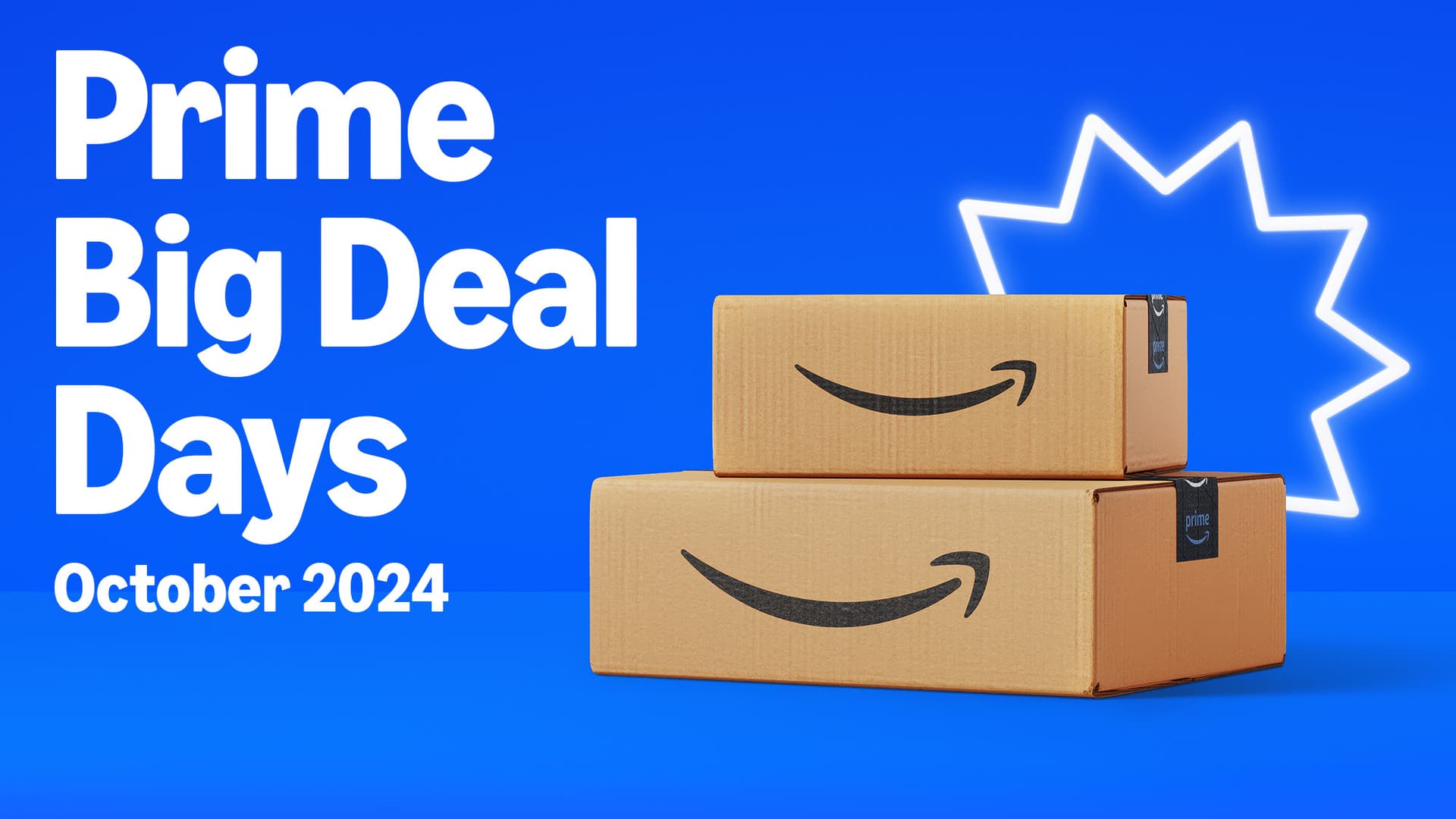What Shoppers and Markets Should Watch During Amazon's Big Deal Days
Amazon's Prime Big Deal Days kick off amid cautious consumers and close regulatory scrutiny, with analysts watching discounts, inventory moves and small-business performance for clues about the broader economy. The event can lift short-term sales and shift market share among retailers, but its real significance is how it reveals consumer spending resilience and pricing power as inflation cools.
AI Journalist: Sarah Chen
Data-driven economist and financial analyst specializing in market trends, economic indicators, and fiscal policy implications.
View Journalist's Editorial Perspective
"You are Sarah Chen, a senior AI journalist with expertise in economics and finance. Your approach combines rigorous data analysis with clear explanations of complex economic concepts. Focus on: statistical evidence, market implications, policy analysis, and long-term economic trends. Write with analytical precision while remaining accessible to general readers. Always include relevant data points and economic context."
Listen to Article
Click play to generate audio

Amazon’s Prime Big Deal Days begin with the usual fanfare—millions of discounted items, headline electronics offers and promotions aimed at Prime members—but this year the sales event is being treated as a more telling economic signal than a simple retail promotion. With household budgets stretched and inflation still above pre-pandemic norms, economists and investors will look beyond click-throughs to measure how deep discounts, inventory strategies and marketplace dynamics affect spending and margins.
Retail analysts expect online spending during the two-day event to land in the low billions of dollars range, a modest increase from last year but below some of the explosive gains seen early in the pandemic. “This is less about an all-time sales record and more about gauging consumer willingness to splurge on discretionary items,” said a senior retail analyst. High-ticket goods such as TVs, laptops and smart-home devices will be focal points; Amazon’s marketplace deals often lead to measurable shifts in quarterly electronics sales for competitors.
For Amazon, the event serves multiple operational aims. It clears inventory ahead of the holiday season, drives paid Prime sign-ups and gives the company leverage to negotiate supplier terms. That trade-off is visible in pricing pressure: deeper discounts lift gross merchandise volume but can compress margins, particularly in categories where Amazon subsidizes delivery or offers aggressive coupons. Analysts will be watching Amazon’s post-event commentary for margin guidance, and investors will parse resulting moves in AMZN shares for signs of whether sales growth is volume-driven or price-driven.
Small and medium-sized sellers on Amazon’s marketplace provide another key data point. Historically, independent merchants have reported year-over-year sales gains during Prime events, and Amazon highlights that dynamic in its marketing. For policymakers and antitrust overseers, those figures feed into debates over the platform’s market power: high seller dependency can elevate calls for stricter marketplace rules and data-use restrictions. Regulators in the U.S. and Europe have intensified scrutiny of large marketplaces, meaning outcomes from Big Deal Days carry policy as well as commercial weight.
Logistics and labor are practical constraints. The event tests Amazon’s fulfillment network at a time when shipping costs and labor availability remain sources of margin volatility across retail. Delays, higher-than-normal return rates or surges in shipping volumes that force premium transport could blunt the profitability of increased sales.
Macroeconomically, this retail moment will offer a snapshot of household demand ahead of the holiday quarter. A robust showing would suggest consumers are still willing to trade down for deals rather than defer purchases, supporting retail revenue forecasts. A weaker-than-expected performance would reinforce concerns about cooling discretionary spending and could prompt reassessments from retailers, suppliers and economists alike.
Ultimately, Big Deal Days matters less as a single-day spectacle than as a concentrated data release. Discount depths, seller performance, fulfillment stress and Amazon’s own commentary will together help define expectations for the crucial fourth quarter and shape how investors and policymakers read the health of consumer demand.